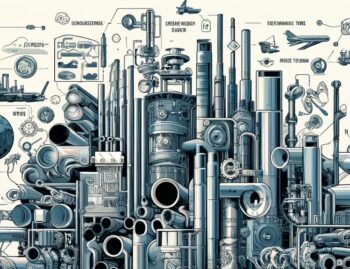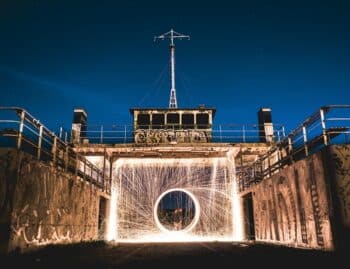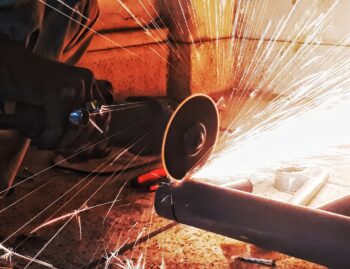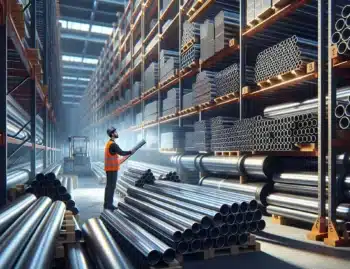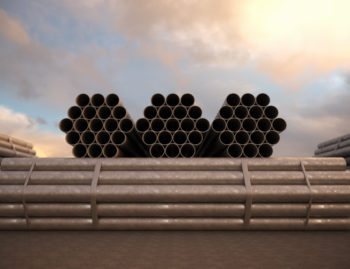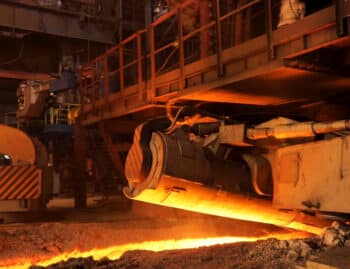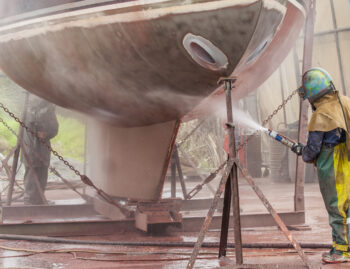
Welding is an important step in the construction process. It is the method of fusing two metal pieces together to form a whole piece using a heat source. Take note that this is not just perfect for creating metallic materials needed for constructing a home. You can also use welding as a means to fuse a metal part to another broken area of a home, vehicle, hardware or even a device. Construction experts, repair specialists, car mechanics, and even hobbyists often use this method.
Note, however, that the means of welding metal may vary based on the type of material used. Thus, you may need to change the steps needed for welding iron if you want to focus on other materials like aluminum or stainless steel. To get started, simply follow the steps below.
Wear The Right Gear First
You need to wear the right clothes and equipment first before you proceed with welding. The process can be dangerous to certain parts of your body due to the amount of heat being used. Wear a long-sleeve shirt in order to protect your lower arms from any sparks that may fly as you weld. Be sure to protect your hands with gloves. Also, use safety goggles to protect your eyes from the flash of the welding machine. You might want to consider wearing ear protectors as an option, too.
Identify The Right Joints
There are different methods you can use to fuse your metals. There’s the T-shape, where a piece of metal stands on top of the same metal that’s laid on the ground in order to form the letter T. You can also go for the corner method, where you just need to attach the metals to their respective edges. You can also pick the lap joint, wherein you can just overlap a certain area of a metal to another metal. The edge joint is where the edges of a metal are welded to wholly stack the two metals together. Lastly, the butt joint is where you need to weld two metals side-by-side to form a welding line at the middle, hence the name.
When performing this step, you have to take note of the metal’s thickness to find out how much will be welded. You also need to choose the right welding power needed based on the metal’s quality, and for you to find out if the joints can be welded fully. There is also a need to evaluate if the joint you will make will fit your task.
Picking A Filler Metal
The base metal should match the material used for welding another base metal. If they differ, you will need to use a filler metal in order to complete the process. Take note that welding two different metals together may cause cracking or breakage on the two metals you’re using. So be sure to check the compatibility of the two metals first before fusing them.
Preparations
First of all, secure the two metals using a C-clamp or any fixtures in order to hold them tight as you prepare the materials for welding. Next, pick the right type of welding procedures depending on how you will use the welded metals. You can go for shielded metal arc welding, gas tungsten arc welding, keyhole gas tungsten arc welding, gas metal arc welding, and the flux cored arc welding.
The type of welding process will depend on the goal that you wish to achieve, meaning that you have to learn to do them all. You also need to choose an inert shielding gas, such as helium, or a combination depending on the metal or the task at hand. Typically, the shielded metal arc welding method doesn’t need to use a shielding gas at most times. Clean the base metal to get rid of any oxides by gently brushing it using a steel brush. You should also use oils to further polish the base metal.
The Welding Process
To start welding, heat up the area to room temperature. High carbon content steel must be preheated immediately, especially on metals with thicker volumes. If you’re using a type of austenitic material, there is no need to do this. After preheating, apply the welding torch on its designated area. Then, apply a post-heat using your heater once again as the metal is going to rapidly cool down, and may cause breakage or cracking due to the lack of heat upon welding the metals. This is very important to do when fusing thick metals together. Lastly, remove any grindings, slag or potential debris by using a chipping hammer.
These are the recommended steps that you need to take if you wish to properly weld your stainless steel materials. Be sure to learn what the different welding methods are, as instructed above, and follow all preparations mentioned. Any kind of repairman or specialist in construction considers welding as one of the basic tasks. Even hobbyists are placing efforts to learn this method as they need it for their craft. That’s why this guide will surely give you an insight upon the basics of welding itself.


